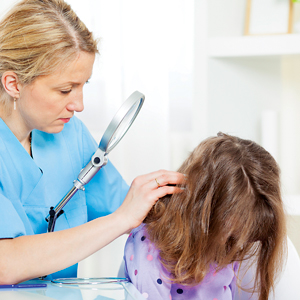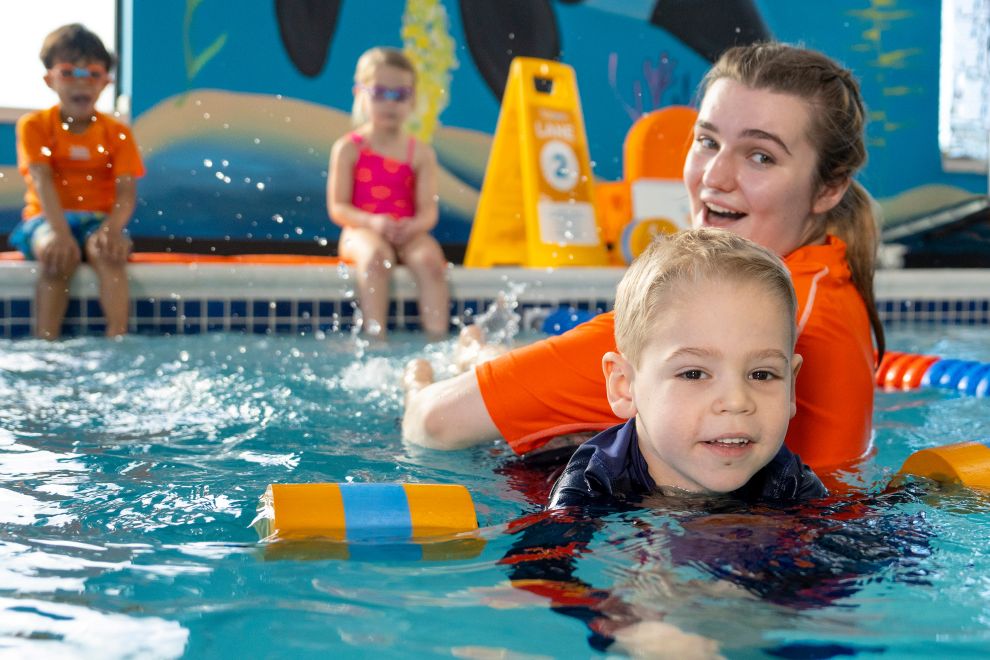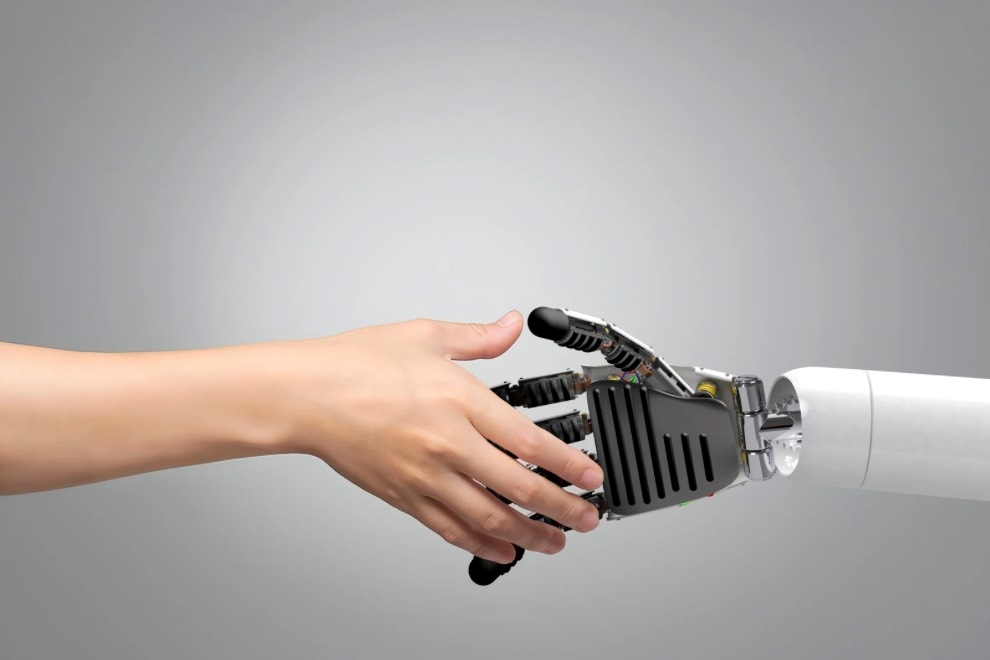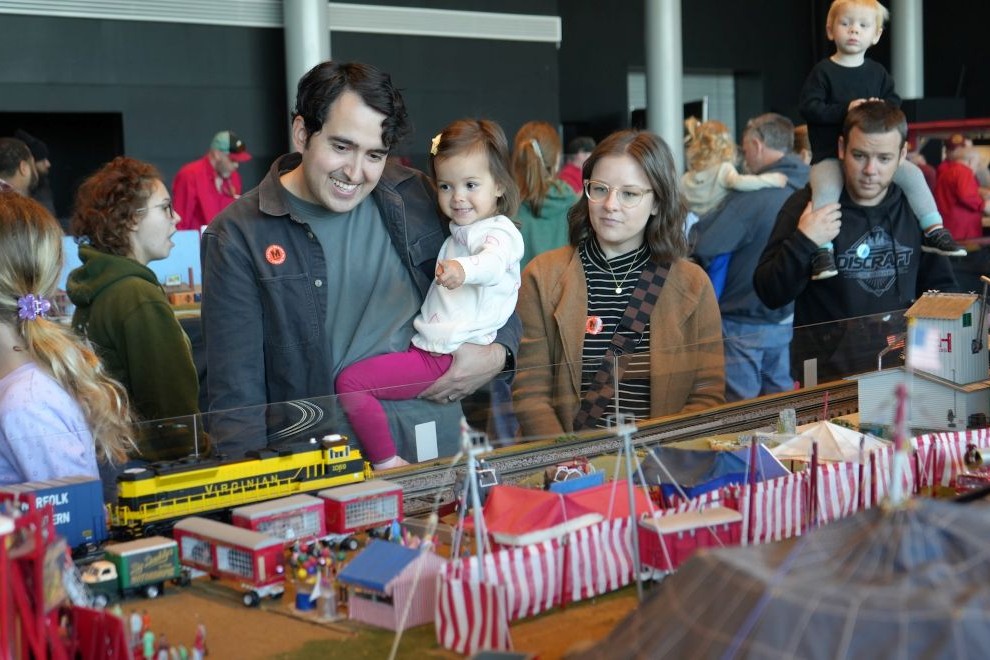When they take up lodging on our kids’ heads, lice don’t just gross us out. They wage an all-out assault on our confidence as parents.
Because I had been informed about lice in various kindergarten classrooms at our neighborhood school, I was vigilant about checking my little one’s head daily. However, when I took him and his brother for a haircut, I was shocked to learn that they both had lice. I felt like I had failed as a parent since I hadn’t discovered these tiny, creepy, crawly bugs on my own. Then I armed myself with information. I started talking to people about these pests that frankly, are just as likely to have a place in your homelife as ants or mosquitoes.
What Are We Up Against?
You’ll find lice (not that you’re looking for them!) Anywhere there are groups of children – public schools, private schools, camps, on sports teams, you name it. They have been around for thousands of years and are found worldwide and in all socioeconomic groups. People may not be shouting it from the rooftops, but chances are very good that you know someone who has dealt with these critters.
The adult louse is approximately the size of a sesame seed, and is usually beige to grayish-white. These egg-laying-machines can live for two to three weeks, and since new eggs are constantly being laid, the bothersome cycle potentially repeats itself. Although they do not jump or fly, they crawl very quickly and avoid light, making them difficult to locate. After prolonged exposure and sensitivity to saliva (about four to six weeks), the scalp may itch. Only about half of people dealing with lice will experience this reaction. Around here, one of my boys reported that his head didn’t itch, while the other scratched vigorously, and non-stop.
Eggs are even smaller than lice (about the size of a comma on this page), and are camouflaged when they blend in with hair color, which means finding these tiny pests is even more challenging. Empty egg casings, called nits, may be more visible, since they often appear white on darker hair. Unlike dandruff, they are firmly attached to the hair shaft. Hot spots for nits are around the ears and at the nape of the neck.
Comb-outs are time-consuming, but with short-haired boys we probably lucked out. Another plus for lice prevention? Your guys are more likely to wear a hat and less likely to share it with a friend. Trading hats, headbands, and the like is much more common with girls.
Jenny, a Richmond mother of two girls, ages seven and twelve and both with long hair, says that although no parent wants to admit it while chatting on the sidelines at a soccer game or over coffee, it’s hard to find a family who hasn’t dealt with lice at some point. She shared that at first, she tried the standard over-the-counter treatment, but “at the end of the day, I had to use a prescription topical treatment to get rid of it for good.”
Jenny warned, “You do not get rid of them with one treatment. It was very time-consuming, since it can take hours of combing through over days – or weeks – to get those blasted nits out. I just wanted it done with.” Depending on the treatment and stage of infestation, multiple treatments and comb-outs are typical, and will vary, based on the type of treatment and the life cycle of the louse. Add to this the extra laundry to clean bedding, and the logistics required for one more comb-out before school, and these measures can be labor intensive.
Then there’s that confidence factor and the thoughts that race through your mind. “I hated thinking about my children having bugs in their hair. I was very concerned about letting the parents of their friends know and notifying the schools immediately, so that precautions could be taken,” Jenny explained. “I wanted other parents to be as diligent as I was about prevention, like not sharing hats, hair accessories, combs, or brushes. But it is also a fine line when informing others, because you have to do it in a way that doesn’t freak people out!”
And as parents, we do freak out. Remember that haircut visit? In the parking lot, I texted my husband one word: LICE! Although I tried my best to calmly discuss the situation with my sons in the car, the scene was anything but. Before I knew it, the boys were complaining of itching, and scratching all over. I had barely pulled into the driveway when they ran into the house yelling to my husband, “WE HAVE LICE!” After a few minutes, I collected myself and the treatment regimen began. Once it became routine, it wasn’t such a big deal.
Getting Rid of Lice
Beverly Man is the founder of The Nit Fairies, a lice removal service based in Chesterfield. “I recommend that parents take a deep breath. Keep calm and do not get upset because children will react the way you do. Tell children it’s not their fault and just share information that helps keep them from getting them again,” she explains. “It’s just lice! There are so many things that could be much worse.”
Gerry Wolburg of the Virginia Lice Removal treatment center in Midlothian offers insight regarding lice in the home. “Many parents believe their homes are infested. You don’t have to go crazy and fumigate,” says Wolburg. “Simply isolate the bedding areas and living areas where the affected person has had contact with furniture, etc., and follow standard precautions, such as vacuuming furniture.”
So how do you get rid of these pesky bugs? There are several treatments available. Do-it-yourself options include standard over-the-counter remedies, as well as natural treatments with essential oils. If you need professional help, there are lice removal services available, like The Nit Fairies, which provides natural treatment in their office or in the privacy of your home. Virginia Lice Removal uses a pesticide-free treatment with the FDA-cleared device called AirAllé, which delivers controlled heated air to dry out lice and eggs, followed by a comb-out treatment. Follow-up comb-outs are necessary.
Whatever method (or methods) you choose, between funding the remedies and the number of parent-hours you need to dedicate to the effort, it’s not cheap. Overthe- counter medications, as well as natural treatments can range from $15 to $25 for the initial treatment alone, per family member. Subsequent treatments are the same, and double the cost if you’re treating long hair. Prescription treatment costs vary. Lice removal services begin at $89.
At our house, we started with over-thecounter products, but after a few weeks of only limited success, we used a prescription treatment, which worked like a charm. Through all the trials and tribulations of treatment, I’ll never forget my son, seated on the commode and wearing a pink shower cap, telling me sweetly: “I love you, Mommy. Thank you for delousing me.”
What the Experts Say About Lice
Richmond pediatrician Charles V. Terry, MD, usually recommends over-the-counter remedies as the first line of treatment. “Although there has been some resistance to these treatments in recent years, they can still be effective,” says Dr. Terry. If the note comes home with your child that head lice is present in the classroom, according to Dr. Terry, the first course of action is to check your child’s scalp in good light. It can be helpful to use a lice/nit comb to accomplish this. “Even if your child has been exposed, it is not necessary to treat them, as long as they have a negative exam. Instead, keep checking them regularly for a few weeks.” Dr. Terry explains, “If you do see lice or nits, then treat it by following the directions on over-the-counter packaging.”
Dr. Terry says there are certain instances when a doctor may recommend a prescription treatment first. “Prescription treatment is usually used in cases of a particularly severe infestation, or if the other children who they have been exposed to [in the class or group] have experienced frequent reoccurrences.” The pediatrician says to talk with your child’s doctor about next steps if you find yourself in one of these situations. According to the American Academy of Pediatrics (AAP), if your child is under two, check with your doctor first before using an over-the-counter treatment.
Suzie Trotter, RN, public health nurse supervisor for school health services for Chesterfield County Health Department, explains that part of the challenge parents face is the confusing array of products on the market. “Products that are labeled ‘lice repel’ or ‘lice shield’ are not actually designed to kill lice. The choices can be overwhelming. If you have any questions about which products actually kill lice, talk to your pharmacist,” advises Trotter.
Clinic assistants and school nurses (if your school has one), are a good resource for families and can help answer questions you may have about your child’s lice and help break the cycle. Trotter explains, “These professionals are an excellent resource. The nurses value confidentiality of all students and provide assessments in schools utilizing space that is available for privacy, while still being sensitive to preserving the student’s self-esteem. The individual student is screened and counseled by the nurse.” Trotter adds that counseling includes encouraging the student not to speak about the assessment with other students. Additionally, the nurse also talks with the parent and school staff individually reassuring each of the process and the importance of not singling any one student out for an infestation. Finally, Trotter says, “The nurse then follows up with the particular student in need, to evaluate the treatment success and support the student’s emotional needs.”
Echoing Beverly Man’s sentiments, Trotter said, “Although lice are icky and a nuisance, they do not carry disease and won’t adversely affect the health of children.” The Health Department official cautions adults not to get wrapped up in the blame mindset. “It’s best to put all of your energy into treatment and prevention for reoccurrence.” In fact, according to the AAP, a child with an active head lice infestation likely has had the infestation for a month or more by the time it’s discovered – making it very difficult, if not impossible to track back to the original source.
An additional emotional toll on kids and their caregivers comes with the stigma often associated with having lice. Despite the fact that lice actually prefer clean hair (it is more difficult for lice to grab on to oily hair), the perception that only kids with dirty hair get lice is still common – and inaccurate.
Finally, in addition to avoiding the blame game, a positive attitude and a sense of humor are essential. My husband and I found ourselves singing “It’s a small world, after all!” as we were nitpicking with visions of a tiny flea circus in action.
Saying that lice are a nuisance is, well, an understatement. We all know treatment is time-consuming, expensive, and it takes an emotional toll. Not to mention the paranoia it can induce with itching at the mere mention of the word (one glance at the first note from school left me scratching to no end)! But all in all, there is no pain and there is no spread of disease. If your family gets lice, consider it a rite of passage. And if you haven’t had to cross this bridge yet, cross your fingers, knock on wood, and tuck this article away for reference, just in case.





